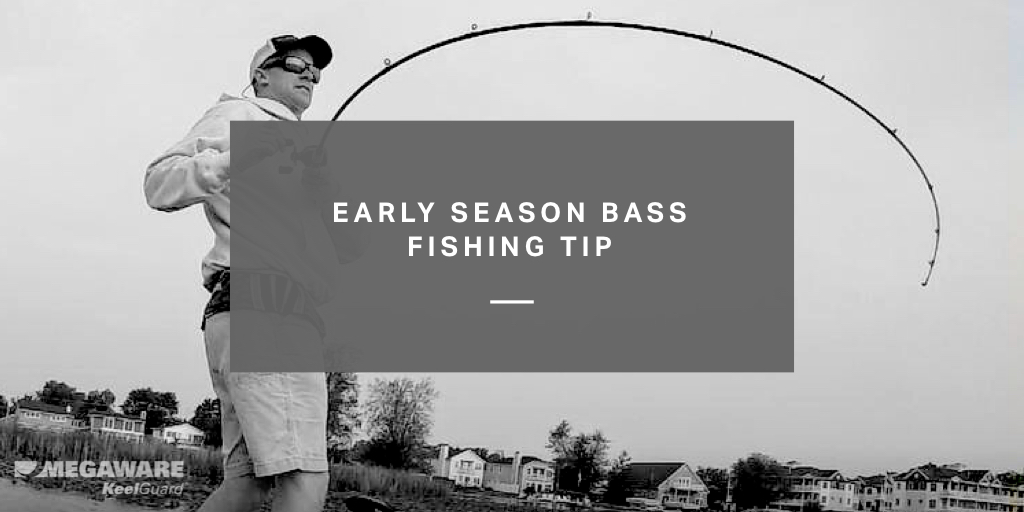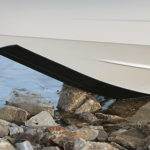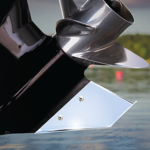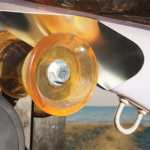Early Season Bass Fishing Tip
It is officially summer, and there is no better time to catch hordes of bass. For the fish, the menu is not limited: it is more like a smorgasbord and this early season bass fishing tip has them eating.
The doldrums of winter brought anglers dreams of an early topwater bite before lazily slowing down in a shady cove with a jig or worm as the day warms. Those dreams come from this time of year because this is the time when multiple patterns and baits can work. With so much on the menu to eat, bass have big stomachs and even bigger mouths.
Early summer is when everything is happening: crayfish are growing, bluegill are shallow and spawning, the shad are spawning, the herring are schooling, frogs are croaking, and the bass eat them all.

Early Season Bass Fishing Tip: Multiple Patterns
A handful of years ago I was fishing a tournament and caught the tar out of the largemouth bass with a jerkbait for the first 90 minutes. Then the bite stopped as if someone turned a switch. It is widely accepted that fish eat at dawn, then intermittently until dusk. But that day gave me a new perspective.
Out of frustration, I picked up and slung a tube jig. On my very first cast, I caught a bass. For the next 90 minutes, I caught the tar out of the largemouth with that tube. And this was the same area they bit the jerkbait. This was the same school of fish.
Like clockwork, after that 90-minute span, they stopped biting the tube, so I threw out the jerkbait. You guessed it – boom! For the next 90 minutes, they ate the jerkbait. This area was flat with sporadic weed beds. What I began noticing during this time were bluegill moving through the weeds. They were active and the bass were eating them. My jerkbait was mimicking them.
Early Season Bass Fishing Tip: Conclusion
Fast forward another 90 minutes and, again, the jerkbait bite quit, but they resumed eating the tube jig. I noticed the bluegill had become inactive and came to the conclusion that the bass had just changed what they were eating – crawfish.
I was fortunate to stumble across this and did well in the tournament, but the lesson that stuck is that bass do not necessarily quit eating after early morning. They may have just changed what they were eating based on the activity and availability of the prey. So instead of quitting on an area or school of fish, I switch up baits to see if I can match their mood before I move or quit. Sometimes, it works.
Early Season Bass Fishing Tip: What’s on the menu?
This is all set up because there is so much food for the fish to eat. When the bluegill were not easy to catch, they focused on crawfish. Each fishery is unique, so bass may focus on different species of shad, crawdads, or even earthworms (after heavy rains, earthworms are often swept into lakes and rivers creating a rush of bass to the bank) in a single day. It happens with smallmouth bass as well. They might chase alewives at the top of the water column during the morning hours. When they become harder to see after the sun gets bright, they settle for crawdads or gobies in the rocks.
Certainly, this does not always work. In fact, traditional wisdom often rings true – they get full and quit biting. But before giving up, give the fish new offerings. Consider what else the fish might be eating and sling something to mimic it. You just might catch another wad of fish.

Check out more from Andy Buss on his YouTube Channel.







Comments